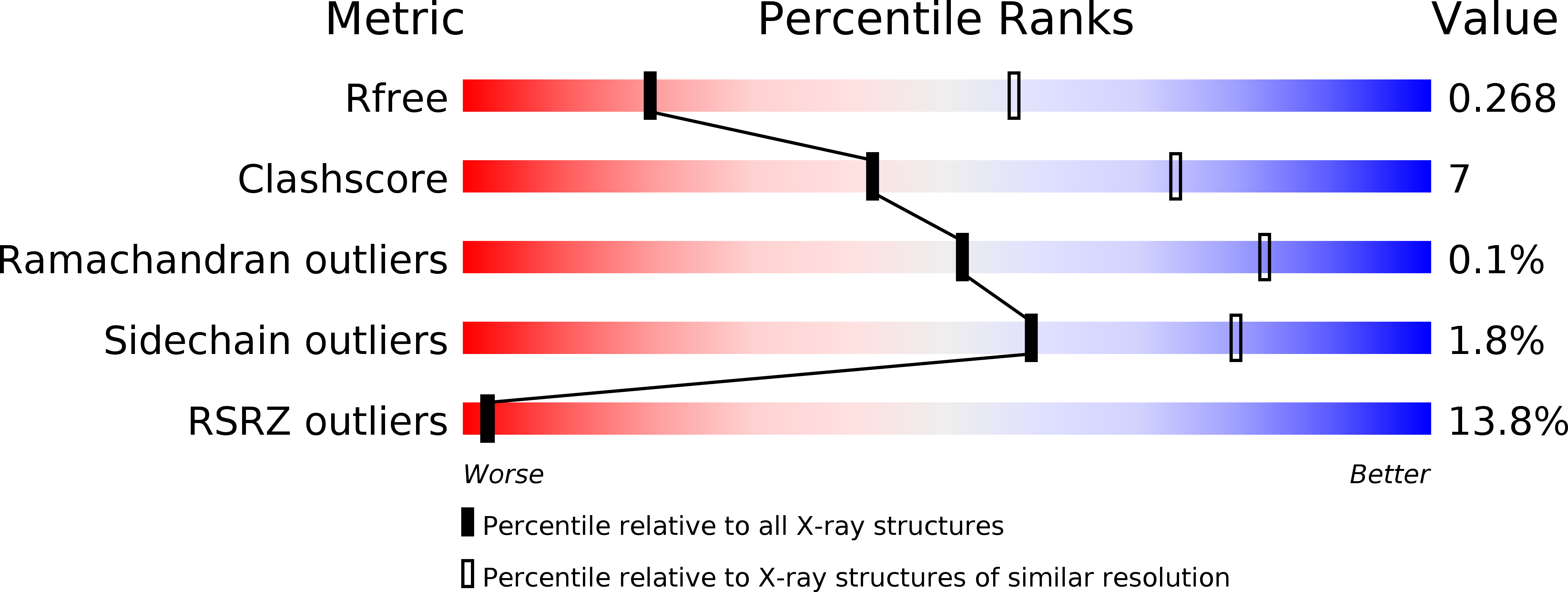
Deposition Date
2013-10-03
Release Date
2015-02-11
Last Version Date
2024-02-28
Entry Detail
PDB ID:
4N1A
Keywords:
Title:
Thermomonospora curvata EccC (ATPases 2 and 3) in complex with a signal sequence peptide
Biological Source:
Source Organism:
Thermomonospora curvata (Taxon ID: 471852)
Host Organism:
Method Details:
Experimental Method:
Resolution:
3.24 Å
R-Value Free:
0.26
R-Value Work:
0.22
Space Group:
P 41 21 2


